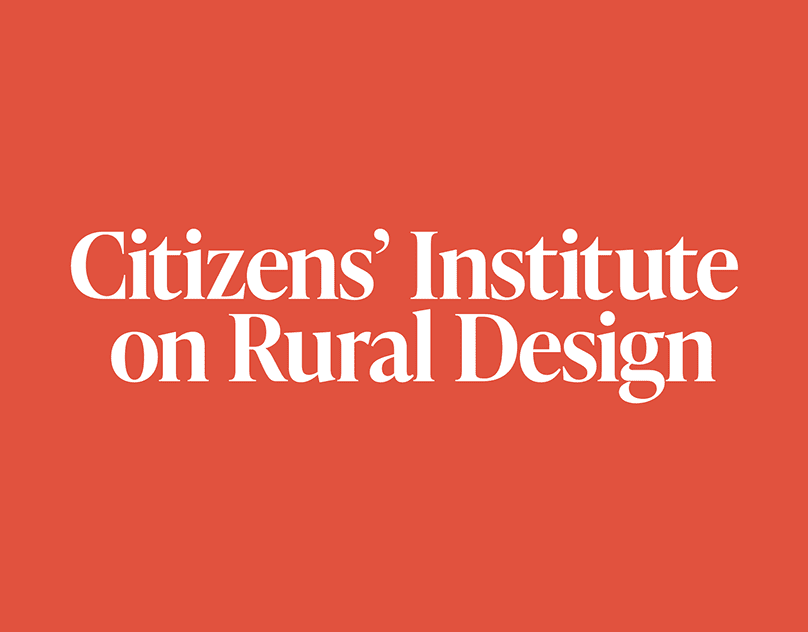The Indian city of Gurgaon (Gurugram) is witnessing significant developments in urban transport, with authorities announcing two new metro lines as part of a broader plan to improve mobility and connectivity. This initiative aligns with the 2031 vision for an integrated metro network that supports the city’s growing population and economic expansion.
Project Details
The Haryana Mass Rapid Transport Corporation (HMRTC) has invited detailed proposals for the construction of two new metro lines aimed at easing congestion on major roads and improving connectivity between residential and business districts.
1. First Line: Bhondsi to Gurgaon Railway Station
- Length: 17 km
- Route: Extends from Bhondsi to Gurgaon Railway Station.
- Significance: Aims to reduce traffic congestion on Sohna Road and National Highway 8 (NH8), two of the city’s busiest corridors.
2. Second Line: Golf Course Extension Road to Sector 5
- Length: 13.6 km
- Route: Connects Golf Course Extension Road to Sector 5.
- Significance: Links modern business districts with older residential areas, enhancing connectivity between workplaces and homes.

Integration with the Regional Transport Network
According to a mobility adviser at the Gurugram Metropolitan Development Authority (GMDA), these two metro lines are part of a larger plan for an extensive metro network by 2031. The second line will integrate with the Yellow Line of the Delhi Metro at Millennium City Centre Station, which is currently the terminal station of this line. Additionally, these new routes will eventually connect with the Delhi Regional Rapid Transit System (RRTS), which links Delhi with Gurgaon, Rewari, Behror, and Alwar. This will further enhance regional connectivity and reduce dependency on private vehicles.
Expected Impact
- Reduced traffic congestion in high-density areas.
- Improved efficiency of public transport and increased mobility options.
- Better connectivity between residential and business districts, enhancing work-life convenience.
- Lower dependence on private vehicles, contributing to environmental sustainability.
Conclusion
The new metro expansion in Gurgaon represents a strategic move toward improving the city’s transport infrastructure. These lines are expected to enhance urban mobility, support economic growth, and create a more sustainable commuting system. With ongoing urban expansion, such projects will be crucial in supporting smart and efficient city development.
🔹 Project Summary Table 🔹
| Aspect | Details |
|---|---|
| Location | Gurgaon, India |
| Number of Lines | 2 |
| Total Length | 30.6 km |
| First Line | 17 km – Bhondsi to Gurgaon Railway Station |
| Second Line | 13.6 km – Golf Course Extension Road to Sector 5 |
| Integration | Delhi Metro (Yellow Line) & RRTS |
| Expected Impact | Reduced congestion, improved public transport, better connectivity |
| Completion Plan | By 2031 |




